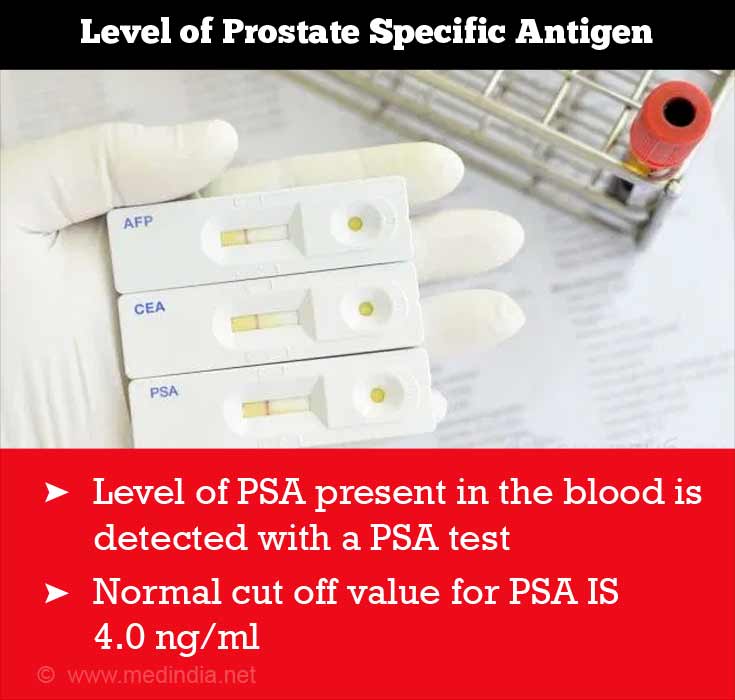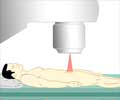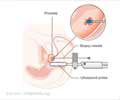Interpreting PSA values in Prostate Cancer
The level of prostate specific antigen present in the blood is detected with the help of the PSA test. Generally the normal cut off value for PSA is 4.0 ng/ml.
However, various studies show the following different results:
- prostate cancer occurred in only 15.2% of men with a PSA level at or below 4.0 ng/ml – Hence came about the suggestions of having different levels for different age groups
- In another study 25-35% with a PSA level between 4.1 -9.9 ng/ml had prostate cancer

It is therefore clear that there is no clear-cut norm to define the normal value and also if the value is less or more than 4 ng/ml, it does not mean a person has prostate cancer. Besides, the interpretations vary between laboratories too. It is also important to keep in mind that these values rise even with conditions that irritate the prostate gland, such as prostatitis.
If PSA values are increased during screening in a person he must, first of all, consult a doctor – usually a Urology specialist.
Although a higher PSA level could be indicative of cancer it is not mandatory to do a biopsy at once unless the gland clinically feels malignant to the urologist. Many of these specialists will often treat a suspect infection in the gland and then repeat the test and, only if it is still found to be raised, will contemplate doing a biopsy of the gland. Other indications for biopsy are usually as follows:
- PSA doubling after 3 years of initial test
- PSA yearly velocity greater than 0.75ngms /ml
- high PSA values despite radical prostatectomy or radiotherapy
Before undertaking biopsy a Urine Culture and & sensitivity test is done to rule out infection.
These guidelines do not completely cover a complex disease such as prostate cancer. A lot of permutations and combinations of variables need to be taken into consideration to manage the disease.

![Prostate Specific Antigen [PSA] & Prostate Cancer Diagnosis Prostate Specific Antigen [PSA] & Prostate Cancer Diagnosis](https://images.medindia.net/patientinfo/1920_500/prostate-specific-antigen.jpg)








